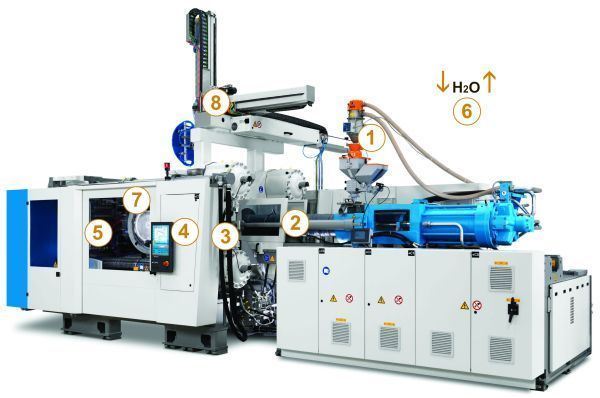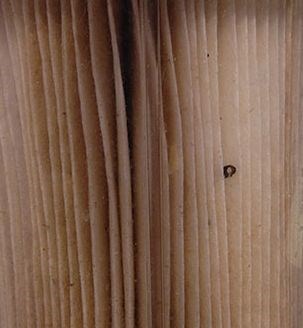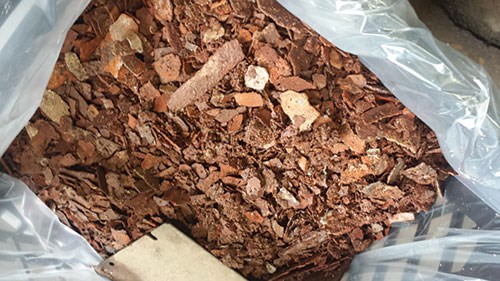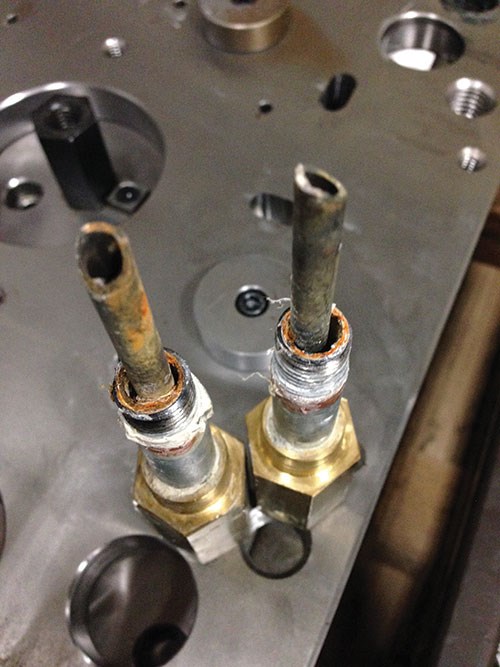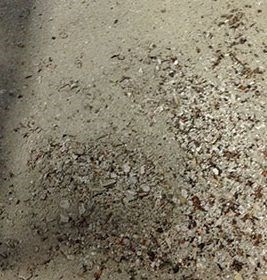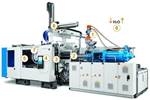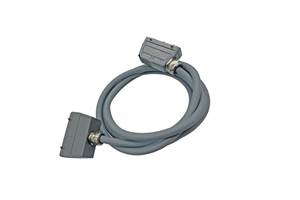Designing a Better Heat Exchanger - Part 2
In part two of our three-part sub-series on mold water cooling systems, we review water quality and its impact on mold performance.
Plant water quality is a common problem within some plastic injection molding facilities. However, in some plants, it takes feeling the effects of lost capacity, a growing scrap rate and increasing process inconsistencies reaching the end customer for the molder to consider the water system as the problem. Water quality as it relates to injection molding is a complex issue, and this article will focus only on how it affects mold performance and maintnenance.
Remember, a mold is a heat exchanger, and water quality is a critical component to maintaining operational efficiency. There are simple measures a mold designer can take to efficiently maintain water system performance of a mold. Designing with multiple straight-through water lines is one of them. This eases scale removal by either drilling or chemical wash while improving performance. The key to efficiency is to design a serviceable water cooling system, and clean water is essential to such a system.
First, to define “clean” water, you need an understanding of some “bad” water basics. Three common contributors to bad water are:
1. Biofouling, which is the accumulation of microorganisms, plants or algae on wetted surfaces.
2. Galvanic corrosion, which is an electrochemical process where one metal corrodes preferentially to another when both metals make electrical contact in the presence of an electrolyte. For example, this can occur when an aluminum water manifold makes contact with a galvanized steel pipe, which causes the metal to corrode and become a contaminant in the water system.
3. Scale, which is the buildup of salts and minerals (impurities) on hot surfaces that can be found in the initial water source.
Next, you need to be familiar with the two popular types of plant water systems, which we will review in greater detail next month:
1. Closed-loop water systems, which are designed to supply either hot or chilled water to a heat exchanger and then return the water to the point of origin to repeat the process. This closed system protects the water from outside contamination.
2. Open recirculating cooling systems, which use the same water repeatedly to cool equipment. The heat absorbed from the process must be dissipated to allow the water’s reuse, and this is achieved via cooling towers, spray ponds or evaporative condensers. This type of cooling system exposes the water to outside contaminants including dirt, leaves (such as from a field located next to the plant) and insects (such as lady bugs).
There are concerns with both of these types of plant water systems. For example, the temperatures common during the molding process can cause scaling, and salt and mineral (impurities) buildup on hot surfaces. This reduces the system’s ability to transfer heat. Another concern is corrosion caused by water quality or galvanic corrosion from use of dissimilar metals throughout the water loop. Finally, fouling, also referred to as biofouling, is another concern in both system types. Closed-loop systems can also develop anaerobic bacteria fouling, but more common is fouling in cooling tower systems, which is caused by organic material being sucked into the tower, sunlight and warmer water temperatures.
Cleaning water lines in an injection mold can be accomplished by two basic methods:
1. Manually, by drilling or scraping. This can be time-consuming and can damage pipe threads in the process, but it does guarantee flow.
2. Chemical bath, by flowing chemicals such as an acid or a descaler through the water lines. However, be aware that fluids take the path of least resistance, so if you have multiple lines from a manifold, you may want to consider looping sections to force the solution through every channel.
If water quality is the root cause of a molder’s problem, the evidence (scale, for example) will be in the mold’s water channels. Learning these water quality basics will allow the moldmaker to provide greater value to its customers by being able to solve their plastic injection molding problems.
Click Here to Register for Amerimold 2015 Today!

Related Content
Standard Hot Runner Cable Range Extension
Hasco is now offering its H12251 cable in two different lengths and four different wiring standards.
Read MoreWorkpiece Clamping Systems Designed for Moldmakers
IMTS 2024: Modular and standardizing clamping system options optimize workpiece setups with high accuracy and high clamping force.
Read MoreThe Ins and Outs of Hot Runner Temperature Control
A training checklist that explains the why and how of proper hot runner temperature control and system management.
Read MoreRead Next
Designing a Better Heat Exchanger - Part 1
In a three-part sub-series, we review considerations for mold water cooling systems.
Read MoreReasons to Use Fiber Lasers for Mold Cleaning
Fiber lasers offer a simplicity, speed, control and portability, minimizing mold cleaning risks.
Read MoreAre You a Moldmaker Considering 3D Printing? Consider the 3D Printing Workshop at NPE2024
Presentations will cover 3D printing for mold tooling, material innovation, product development, bridge production and full-scale, high-volume additive manufacturing.
Read More
